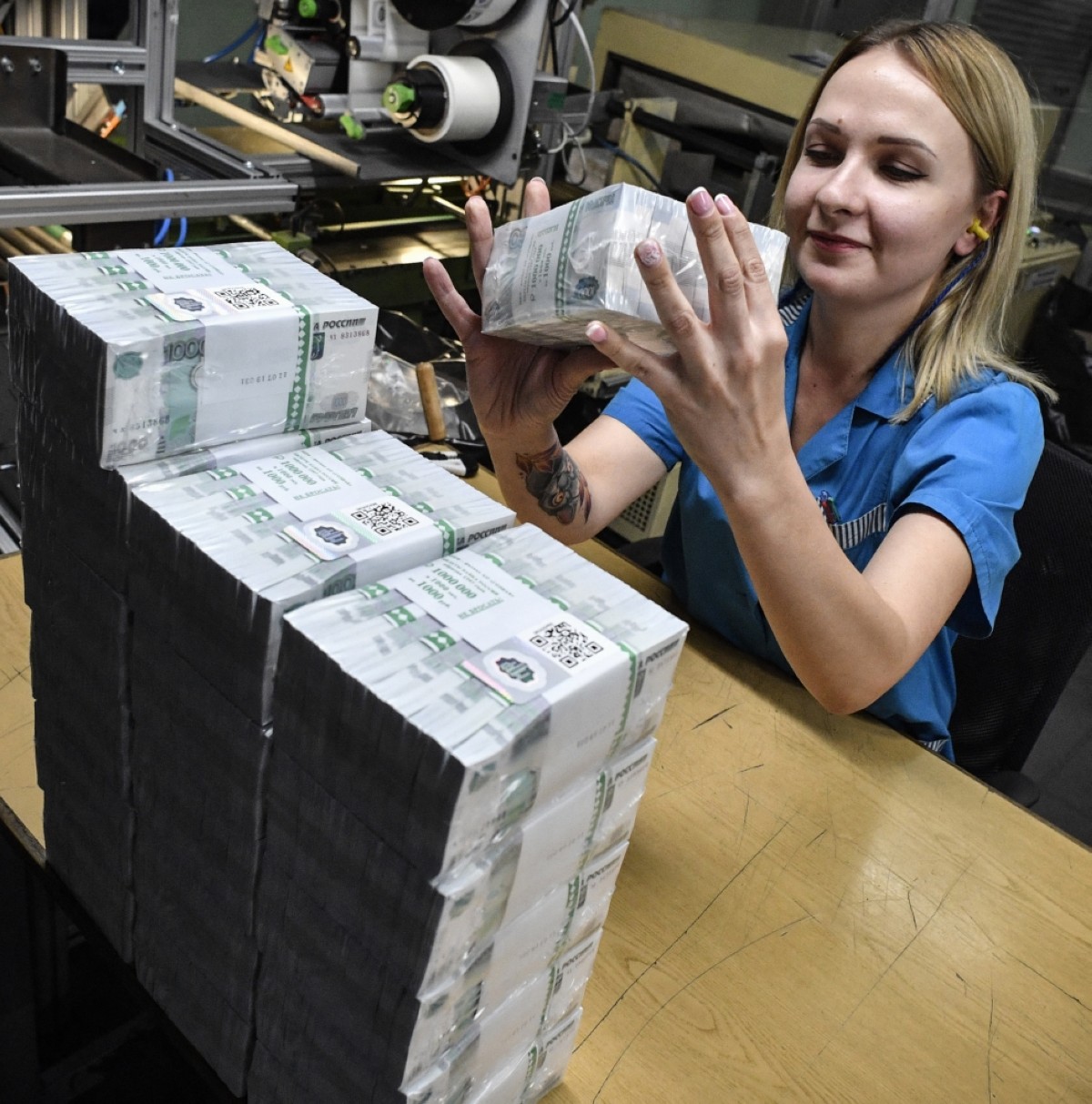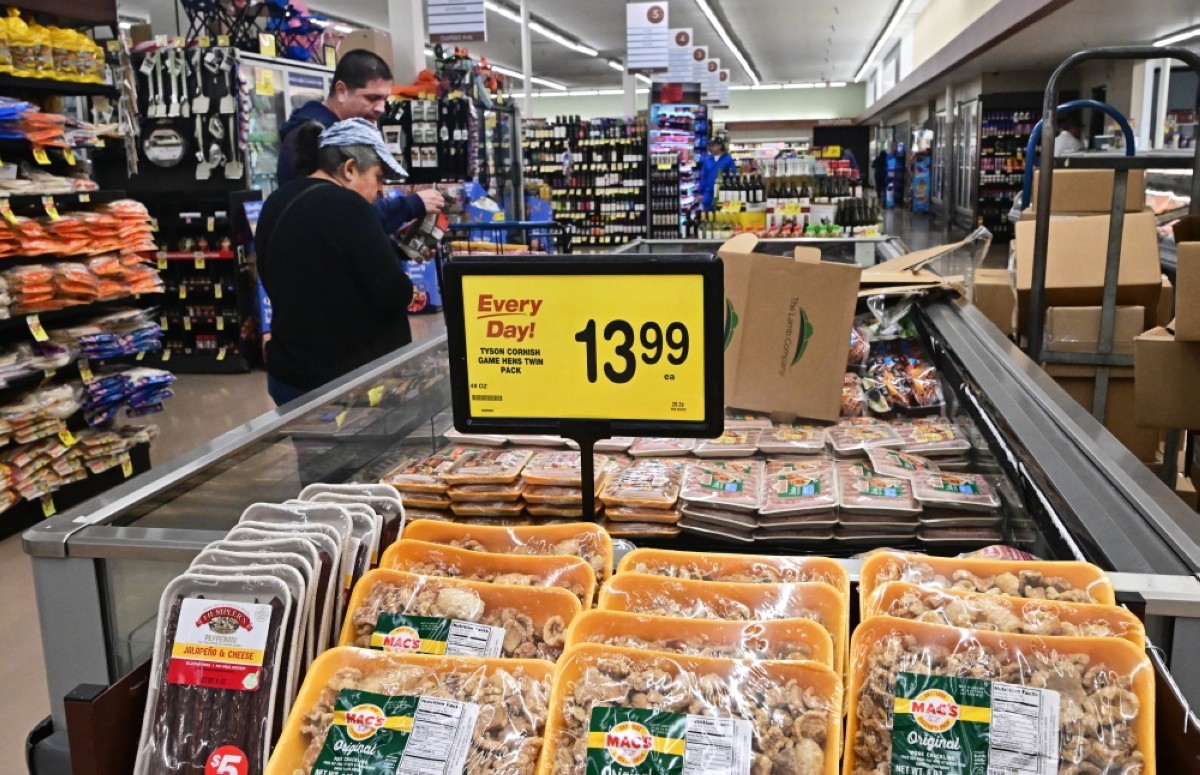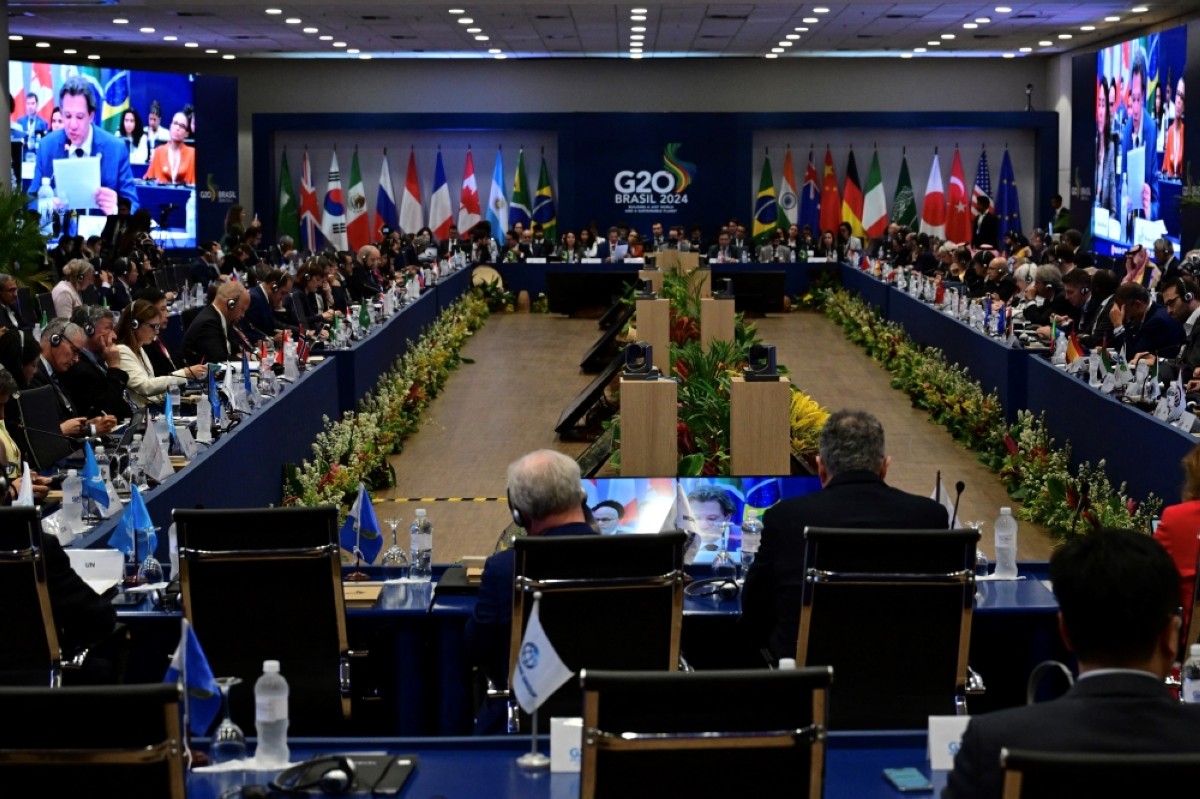Mixed data increases uncertainty for central banks on cutting rates
KUWAIT: Consumer confidence in the US rose for the first time in four months, with the conference board index coming in at an unexpected 102.0 in May from 97.5 in April, surpassing forecasts of a 96.0 print.

US consumer confidence raises as layoffs remain at historical lows
The survey showed increased optimism with regards to the labor market as layoffs remain at historical lows while jobs remain plentiful.
Additionally, consumers reacted strongly to a rising stock market with the majority expecting equity prices to increase over the coming year. Despite this, consumers are still worried about inflation as their one year expectation rose to 5.4 percent from 5.3 percent previously. They cited food prices as having the greatest impact on their outlook for the economy. Furthermore, the share of consumers expecting higher interest rates over the year increased to 56.2 percent from 55.2 percent in April.
Core PCE price index unchanged
The Fed’s preferred measure of inflation was seen unchanged in April, where the PCE figure came in at 2.7 percent, same as the previous month. Core PCE was also unchanged in the year-over-year figure at 2.8 percent. Meanwhile, the m/m core PCE figure decreased slightly from the previous month at 0.2 percent versus 0.3 percent expected.
Following a stronger than expected figures in the first quarter, the report came in line with expectations and could signal signs of hope that the Fed would be able to cut rates as anticipated. However, prolonged sticky inflation could result in a delay in interest rate cuts, where the first rate cut is currently fully priced in by markets in December, with a 92 percent probability of a cut priced in November. The US dollar index closed the week at 104.625.
Inflation in Germany eases
Inflation in Germany eased in April, where the prelim CPI figure increasing 0.1 percent for the month, below expectations of a 0.2 percent drop and the previous month’s 0.5 percent increase. The data comes a week before the European Central Bank monetary policy meeting, where markets expect them to begin their rate cutting cycle after inflation rates moderated to 2.60 percent in April.
Eurozone CPI flash estimates raises
Inflation in Europe is expected to tick higher in May, with the flash estimate y/y CPI at 2.6 percent, up from 2.4 percent and beating expectations of 2.5 percent. Core CPI y/y came in at 2.9 percent, up from 2.7 percent the previous month. With expectations for an increase in services, estimated to be at 4.1 percent compared to 3.7 percent, as well as an increase in food and non-energy industrial goods. The estimates came a week before the European Central Bank is scheduled to meet, where they were expected to begin cutting interest rates by markets. The EUR/USD currency pair closed the week at 1.0841.
Services prices rising in Japan
Japan’s service prices are rising at the fastest pace in over 30 years, which could lead to higher inflation overall. This is putting pressure on the Bank of Japan to raise interest rates for the first time in many years. Service prices rose 2.8 percent year-over-year, exceeding expectations and marking the highest growth since 1991. Rising service costs are due to factors like higher repair costs, transportation fees, and wages. The weak yen is also making imports more expensive.
This inflation trend is causing public concern and hurting the value of the Japanese yen. The BOJ may raise interest rates sooner than expected, potentially in July, to combat inflation. This shift comes after years of keeping rates low to boost economic growth. Service prices are expected to keep climbing due to wage increases and the weak yen, and this could lead to sustained inflation.
Consumer confidence drops
Consumer confidence in Japan decreased more than expected in May, where the seasonally adjusted index dropped to a seven-month low of 36.2, down from 38.3 in April, and below expectations of a rise to 39.1. The survey, which is conducted on 8,400 households, registered declines in all subcategories, where overall livelihood declined to 33.9, and employment fell to 42.0. Furthermore, household willingness to buy durable goods also dropped to 29.0, down from 31.8. The USD/JPY currency pair closed the week at 157.31.
Inflation in Australia rises
Australia’s inflation rate rose unexpectedly to a 5-month high in April, driven by increases in petrol, healthcare, and holidays. This data suggests interest rates might stay the same instead of going down. The consumer price index rose 3.6 percent annually in April, higher than forecasts of a 3.4 percent rise. Interest rate swaps now see a higher chance of rates going up in September, but economists still mostly predict a rate cut well over a year from now. Policymakers also face uncertainty because April’s data focuses on goods, and doesn’t capture price changes for services, which can take longer to change.
Australian retail sales up
Australian retail sales are barely growing, showing cautious consumer spending. This weakness is likely to continue due to several factors like rising interest rates and rents reducing disposable income, along with inflation in service costs outpacing inflation in goods prices. This situation makes it unlikely for the Reserve Bank of Australia to lower interest rates this year. While there’s a slight chance of a small rate cut by December, significant easing is not expected until next year. Even though tax cuts are coming in July, consumers are planning to save most of the extra money, further limiting growth in retail spending.
China manufacturing PMI drops
Manufacturing in China slipped into contraction territory in May, where the PMI index fell to 49.5, down from 50.4 in April. Non-manufacturing PMI also declined slightly for the month at 51.1, down from 51.2 the previous month, and below forecasts of a 51.5 rise. As weak domestic demand continues to weigh on China’s economy, the government has indicated plans to buy unsold residential real estate in an effort to improve confidence and stimulate the economy. The AUD/USD currency pair closed the week at 0.6652.
Kuwait
Kuwaiti dinar
USD/KWD closed last week at 0.30660.











